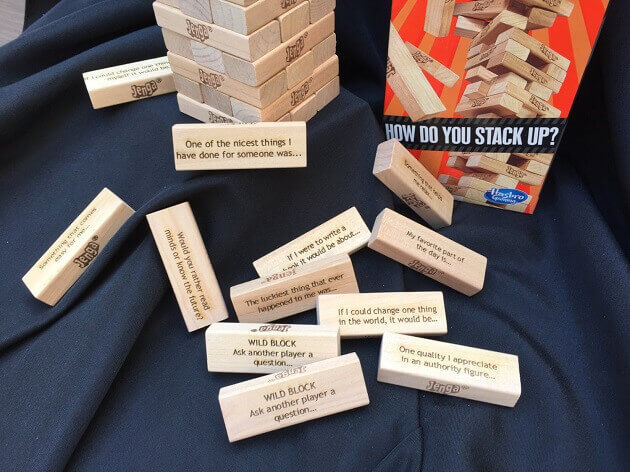

Explain that the participants can write each of their passions in any random space in the grid.Īsk participants to interact. Encourage this, and see what new connections are made.Īsk students to spend a few minutes filling in all nine spaces in their grid with different personal passions. Over the course of the event, participants may browse the network. The initial network creation will be somewhat chaotic and messy, resulting in a mural that has a lot of spaghetti lines. Label the lines if you can: “friends with” or “went to school with” or “went mountain climbing with.” This continues for a time and is likely to result in previously undiscovered links and new friends. The next task is simple: find the people you know and draw lines to make the connections. Next, the teacher directs players to stand up and bring their cards and a marker to the butcher paper wall, then “upload” themselves by sticking their card to the wall.Ĥ. At this point, the emcee may add a variation, which is to ask the group to also write two words on the card that “tag” who they are or what they’re interested in at the event.ģ. After a short period of time (and probably some laughter and apologies for drawing ability), the participants should have their avatars and names created. Save room on the bottom of the card for your name.”Ģ. Start by taking your card and drawing your avatar (profile picture) that you’ll be uploading to the network. But first, we need to create the most fundamental elements of the network: who you are.

The teacher gives the participants clear instructions: “As a group, we are going to build the social network that is in the room right now. They will also need a substantial wall covered in butcher paper to create the actual network.ġ. To set up the game, all participants will need a 5×8 index card and access to markers or something similar to draw their avatar. The object of this game is to introduce event participants to each other by co-creating a mural-sized, visual network of their connections.Ģ5 minutes to create the first version of the network the network remains up for the duration of the class and may be added to, changed, or studied throughout. Bonus, keep the cards and use them to randomly select students for classroom jobs and such. Simply to have fun and get to know each other. If possible, make it through the entire class. You’ll have to read the room on how much they are enjoying the icebreaker. The player can then opt to ask the person whose card he’s holding a question, or he can pass and you can request another volunteer.Ħ. Keeping going around until the players appear to be sufficiently warmed up. They can keep passing until they find one.Ĥ. Ask for volunteers to read their player’s name and nickname and then to ask that person a question related to the little-known fact on his card.ĥ. Let the player who was chosen elaborate on the question he was asked. Tell them to read each trading card that falls into their hands and hold onto one they might ask a question about. Ask them to take 5–10 minutes to create a personal “trading card”-one that includes a quick self-portrait, a nickname for their “player,” and one thing about themselves that people in the meeting aren’t likely to know.ģ. Have the players pass the trading cards around the room in no particular manner or order. Give the students or “players” access to large-scale index cards and markers.Ģ.

This starter is great because (1) it lets people self-define, (2) it gives people a “personality” outside the classroom (3) it gives students quick snapshots of multiple players (since they see many cards as they’re being passed around), and (4) it creates memorable visuals that give people conversation pieces as the class progresses.ġ. A well-done icebreaker can go a long way to set a positive vibe for the rest of the school year, so pick your icebreaker carefully! So, here we have compiled a list of some tried and true creative ice breakers to set you off on a positive first day. An icebreaker can run the gamut from painful and awkward to fun and engaging. It’s the beginning of the year getting-to-know-you activity. An ice breaker is an activity, game, or event that is used to welcome and encourage conversation in a class.


 0 kommentar(er)
0 kommentar(er)
